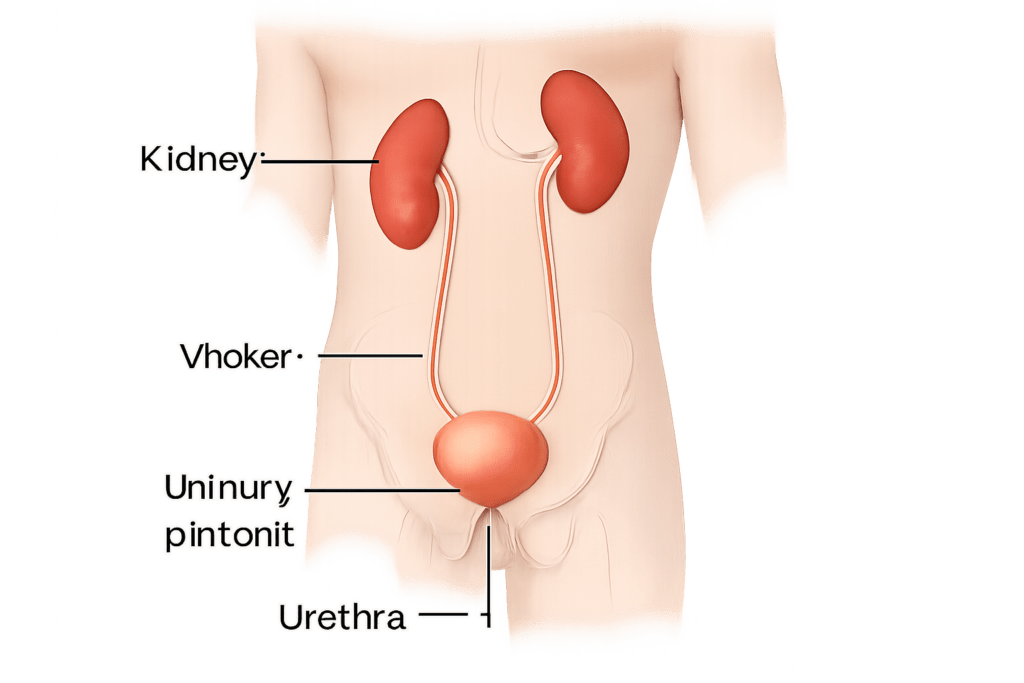Understanding the Urinary System
When studying human anatomy, a common challenge is to correctly label the following components of the urinary system. Whether you’re preparing for an exam or just want a clear overview, breaking down the main structures and their roles helps make sense of this essential system.
Main Components of the Urinary System
To correctly label the following components of the urinary system, you should focus on four primary structures:
- Kidneys
- Ureters
- Bladder
- Urethra
Let’s look at each of these in detail.
Kidneys: Filtration Powerhouses
The kidneys are two bean-shaped organs located on either side of your spine, just below the rib cage. Their main function is to filter waste products, excess water, and other impurities from the blood. The filtered waste forms urine, which is then transported out of the kidneys. The kidneys also help balance electrolytes and maintain healthy blood pressure.
Ureters: The Transport Tubes
After filtration, urine flows from each kidney into a ureter. The ureters are muscular tubes, roughly 25-30 centimeters long, connecting the kidneys to the bladder. Their job is simple but essential: carry urine downward using rhythmic muscle contractions called peristalsis. Problems with the ureters can lead to backup of urine or infections.
Bladder: Temporary Storage
The bladder is a hollow, muscular sac located in the pelvis. It serves as a temporary reservoir for urine. As the bladder fills, its muscular wall stretches. Once it’s full, you start to feel the urge to urinate. The bladder can hold about 400 to 600 milliliters of urine in an average adult.
Urethra: Exit Pathway
The urethra is the final part of the urinary system. It’s a thin tube that channels urine from the bladder out of the body during urination. In males, the urethra is longer and also carries semen, while in females, it’s much shorter and serves only the urinary function.
Tips for Correctly Labeling the Urinary System
- When looking at a diagram, start from the top: kidneys (one on each side), then follow the path down to the ureters (one per kidney).
- The bladder sits below the two ureters and collects urine.
- Finally, the urethra exits from the bladder to the outside of the body.
- Remember the sequence: kidneys → ureters → bladder → urethra.
Common Mistakes and How to Avoid Them
- Don’t confuse the ureters (which go from kidney to bladder) with the urethra (which goes from bladder to outside).
- Pay attention to the difference in urethra length and function between males and females.
- If working with an unlabeled diagram, double-check the positions. Kidneys are higher up, bladder is central and low, ureters run vertically downward.
Final Thoughts
Learning to correctly label the following components of the urinary system is a foundational anatomy skill. Know their positions, functions, and sequence, and you’ll be able to navigate most questions or diagrams involving the urinary system with confidence.



